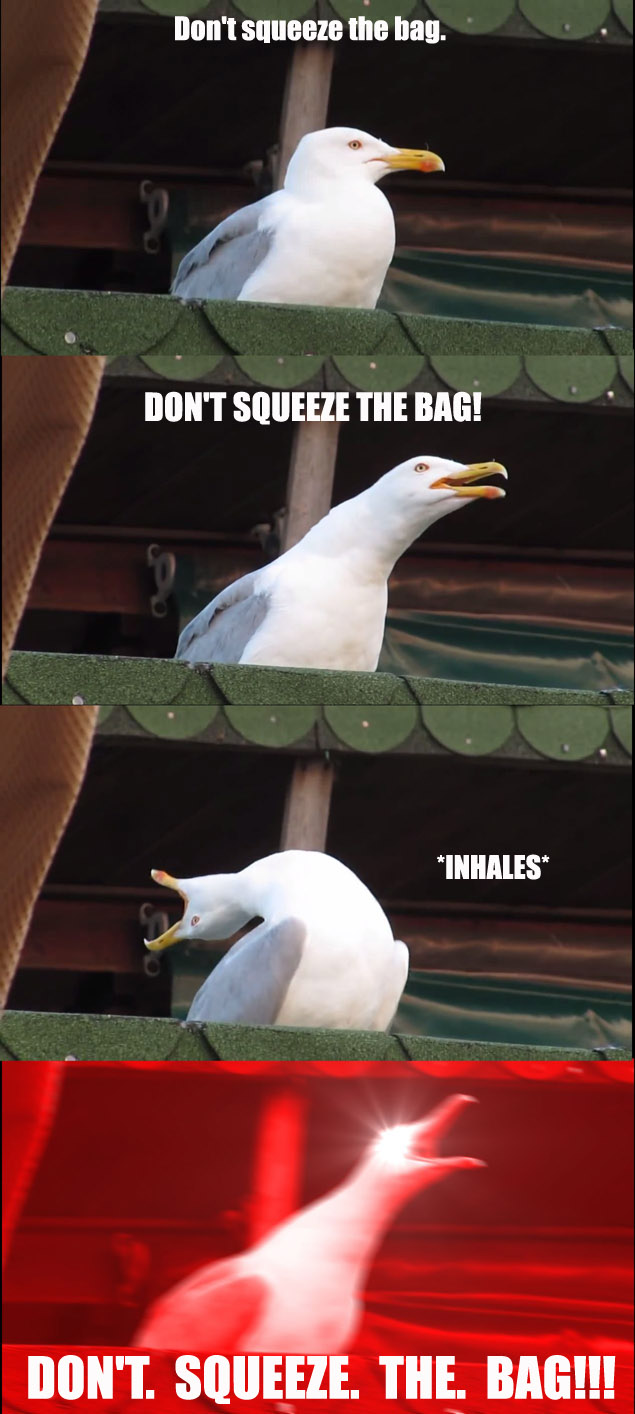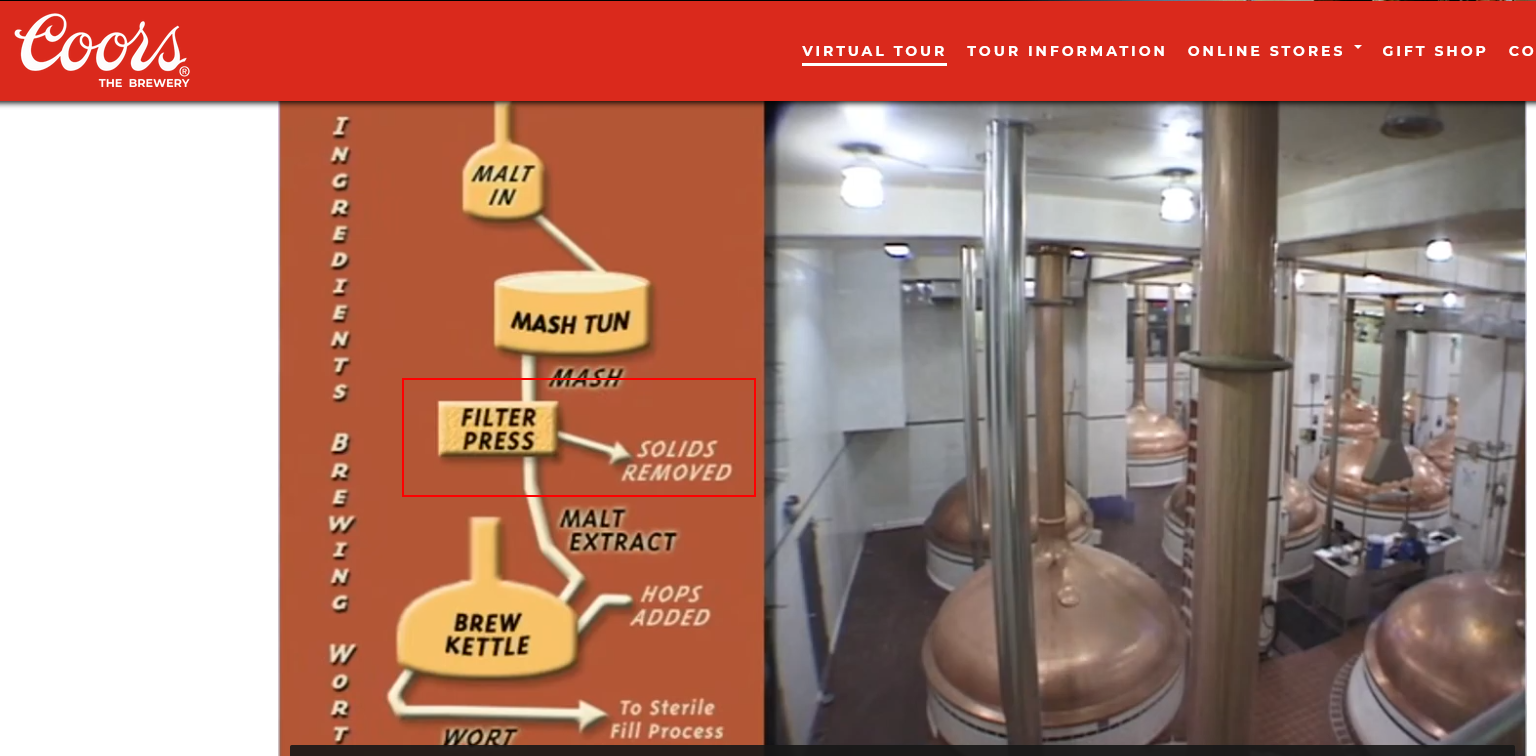So, without kettle markings, and dumping collected wart into another marked vessel, trying to measure the first volume running is impossible?
I might just use the .08/lb to see if that helps me with my numbers. Lately I've been able to start/use a total of 3.75 gallons and end up with about 2.25 gallons of easily siphonable wort. With higher hopped/adjunct grain bills it's little a little closer to 2 gallons
I might just use the .08/lb to see if that helps me with my numbers. Lately I've been able to start/use a total of 3.75 gallons and end up with about 2.25 gallons of easily siphonable wort. With higher hopped/adjunct grain bills it's little a little closer to 2 gallons








































![Craft A Brew - Safale BE-256 Yeast - Fermentis - Belgian Ale Dry Yeast - For Belgian & Strong Ales - Ingredients for Home Brewing - Beer Making Supplies - [3 Pack]](https://m.media-amazon.com/images/I/51bcKEwQmWL._SL500_.jpg)






















